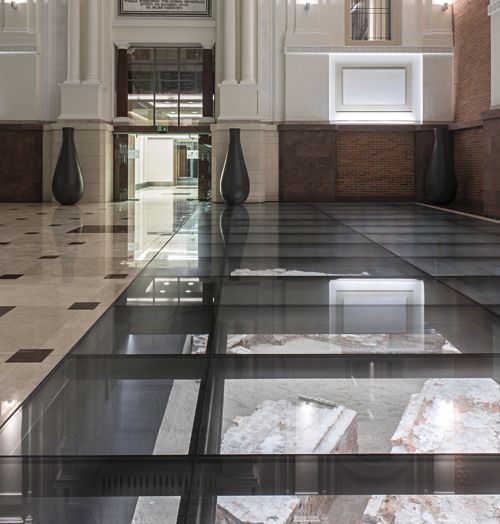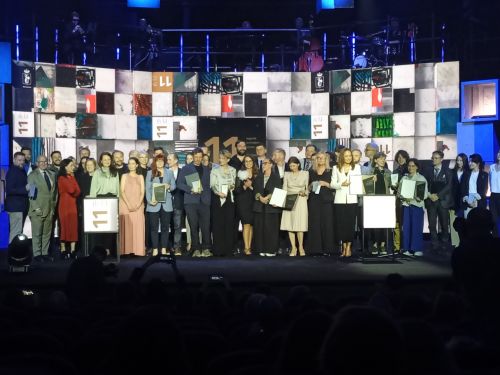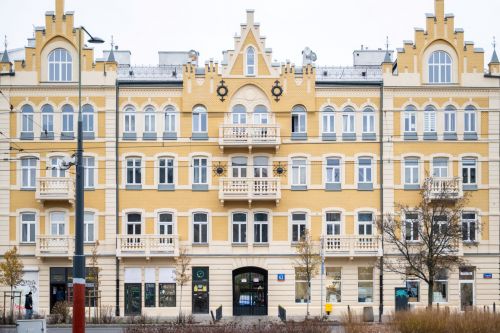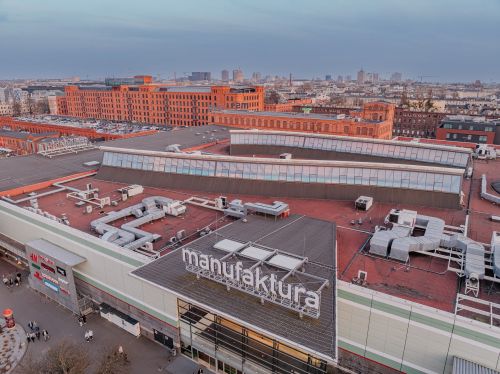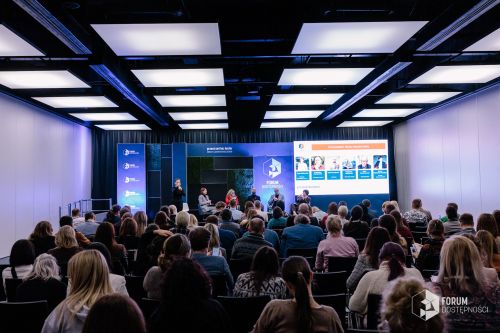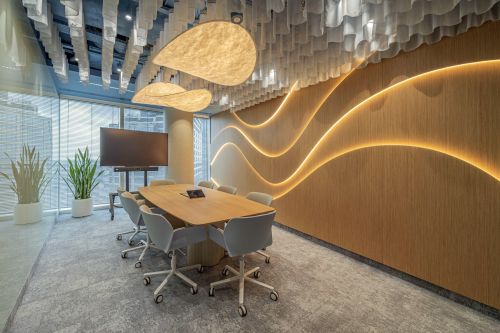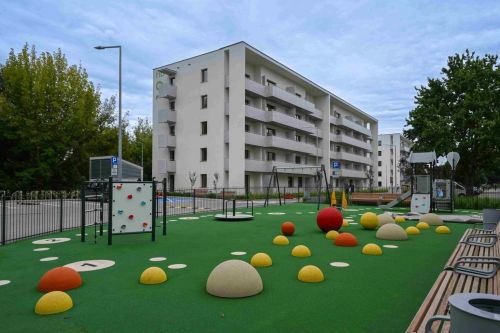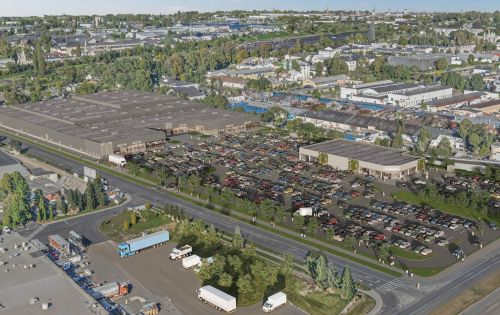This year marks the tenth anniversary of one of the most spectacular archaeological discoveries in Polish history. In Bodzia, near Włocławek, an elite mediaeval cemetery was unearthed, dating back to the time when the Polish nation was in its infancy. The site was packed with artefacts and is a unique find in Europe. It shed new light on the birth of Poland, but the discovery would probably have never happened – and certainly not as quickly – if it hadn’t been for the archaeological preservation study that took place prior to the construction of A1 motorway. Important discoveries have also taken place during the excavations for the A4, S3 and S5 motorways.
Under control
Large infrastructural schemes, such as the construction of roads or metro lines, generally bring with them the possibility of unexpected finds, and so they take place under the watchful eyes of archaeologists and preservation officials. “For larger public contracts, the responsibility for ar
